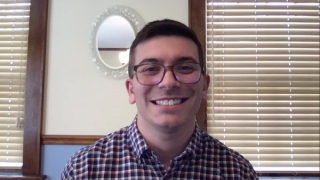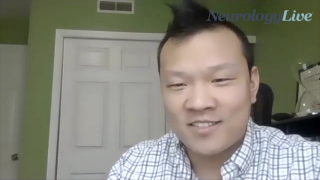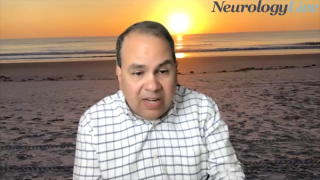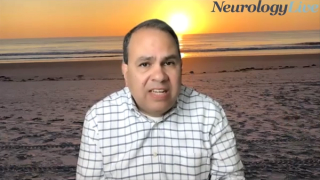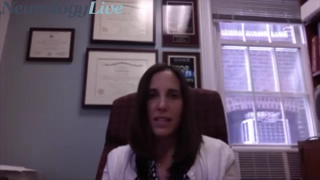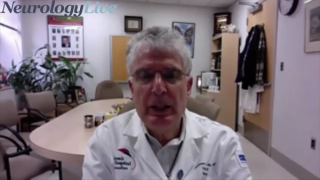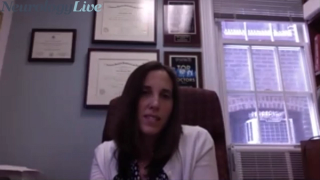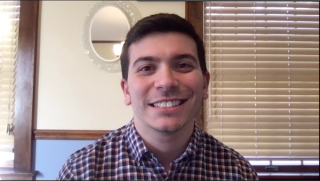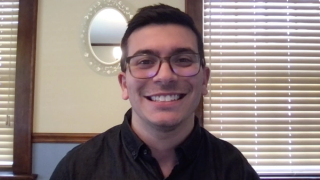
Epilepsy
Latest News
Latest Videos

CME Content
More News
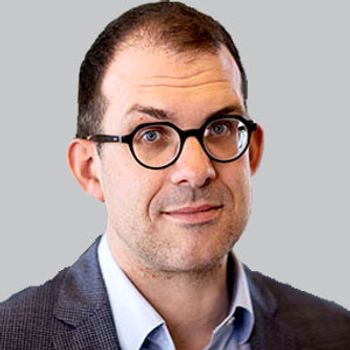
The study authors concluded that while there are differences in survival between specific ASMs, lamotrigine and levetiracetam appear to be reasonable first-line treatment options for patients with poststroke epilepsy.
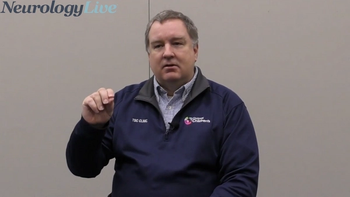
The director of the Tuberous Sclerosis Clinic at Cincinnati Children’s discussed the thought behind STOPS2, a trial aimed at preventing or delaying seizure onset in tuberous sclerosis complex. [WATCH TIME: 3 minutes]

Here's what is coming soon to NeurologyLive®.

Take 5 minutes to catch up on NeurologyLive®'s highlights from the week ending December 31, 2021.
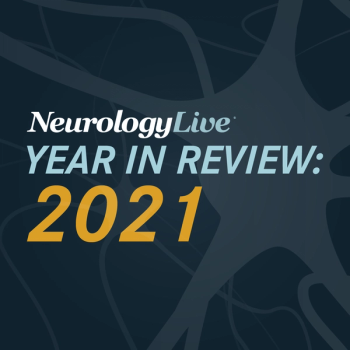
Take a look back at some of the most-viewed, top video series with key experts in neurology and their in-depth discussions, part of NeurologyLive®'s Year in Review.

Mind Moments®, a podcast from NeurologyLive®, brings you an exclusive interview with Jennifer Majersik, MD, MS.

As part of NeurologyLive®'s Year in Review, take a look at some of the most engaging conversations the team has had with experts in neurology this past year.

As part of NeurologyLive®'s Year in Review, take a look at some of the most listened to and engaging conversations from the Mind Moments™ podcast from this past year.

As part of NeurologyLive®'s Year in Review, take a look at some of the biggest FDA approvals and decisions from this past year.

As part of NeurologyLive®'s Year in Review, take a look at some of the best features that have been published on the site this year.

Here's what is coming soon to NeurologyLive®.

Take a look back at some of the most top video interviews with key experts in neurology and their insights and perspectives on topics in neurology subspecialties, as part of NeurologyLive®'s Year in Review.

Take 5 minutes to catch up on NeurologyLive®'s highlights from the week ending December 24, 2021.
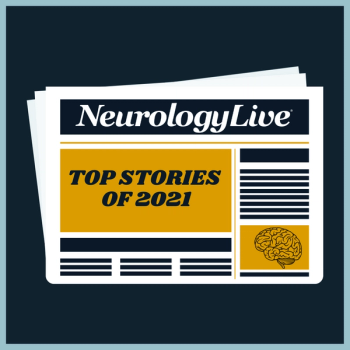
These news stories led the pack in conversations in the field of epilepsy and were often included in NeurologyLive®'s coverage of seizure disorders.
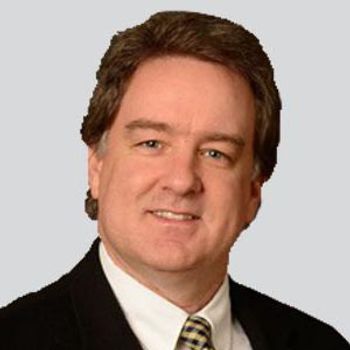
Darcy Krueger, MD, PhD, director, Tuberous Sclerosis Clinic, Cincinnati Children’s, provided insight on a new trial that aims to stop the onset and progression of tuberous sclerosis complex.

As Dravet syndrome is often nonresponsive to existing therapeutics, it can be a challenge to treat, and this refractory nature creates a great need for novel, innovative, and safe antiepileptic drugs for its treatment.

Here's what is coming soon to NeurologyLive®.
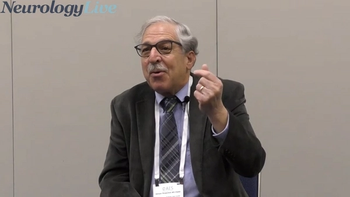
The neurologist from the Comprehensive Epilepsy Care Center for Children and Adults, in St. Louis, Missouri, provided context on improving our use of current antiseizure medications as the top priority for patients with epilepsy. [WATCH TIME: 2 minutes]

Take 5 minutes to catch up on NeurologyLive®'s highlights from the week ending December 17, 2021.
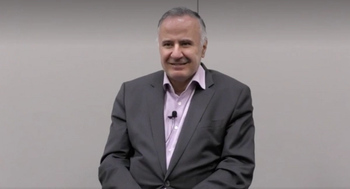
The director of the epilepsy center at Cleveland Clinic Neurological Institute spoke on one of the studies he coauthored that were presented at AES 2021. [WATCH TIME: 4 minutes]

The director of the Tuberous Sclerosis Clinic at Cincinnati Children’s provided insight on promising drug developments for tuberous sclerosis complex and other notable priorities within the space.
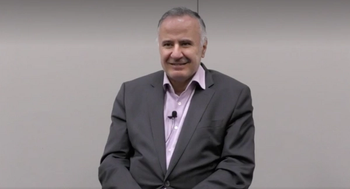
The director of Cleveland Clinic’s Epilepsy Center at the Cleveland Clinic Neurological Institute discussed the need for specificity and artificial intelligence for patients with epilepsy. [WATCH TIME: 4 minutes]

Jessica Fesler, MD, MEd, staff epileptologist, Cleveland Clinic, offered insight on the future of seizure apps and how if improved, they could alter the treatment of patients with epilepsy.

The medical director of the Epilepsy program at the University of Toronto discussed her presentation at AES 2021 regarding the need to change how clinicians view and treat patients with developmental epileptic encephalopathies.
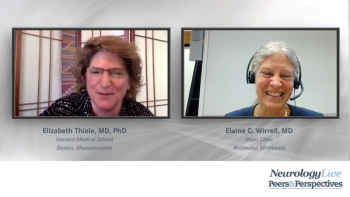
Elizabeth Thiele, MD, PhD, and Elaine C. Wirrell, MD, explain how community neurologists can work with academic center to treat patients with Dravet or Lennox-Gastaut syndromes.






